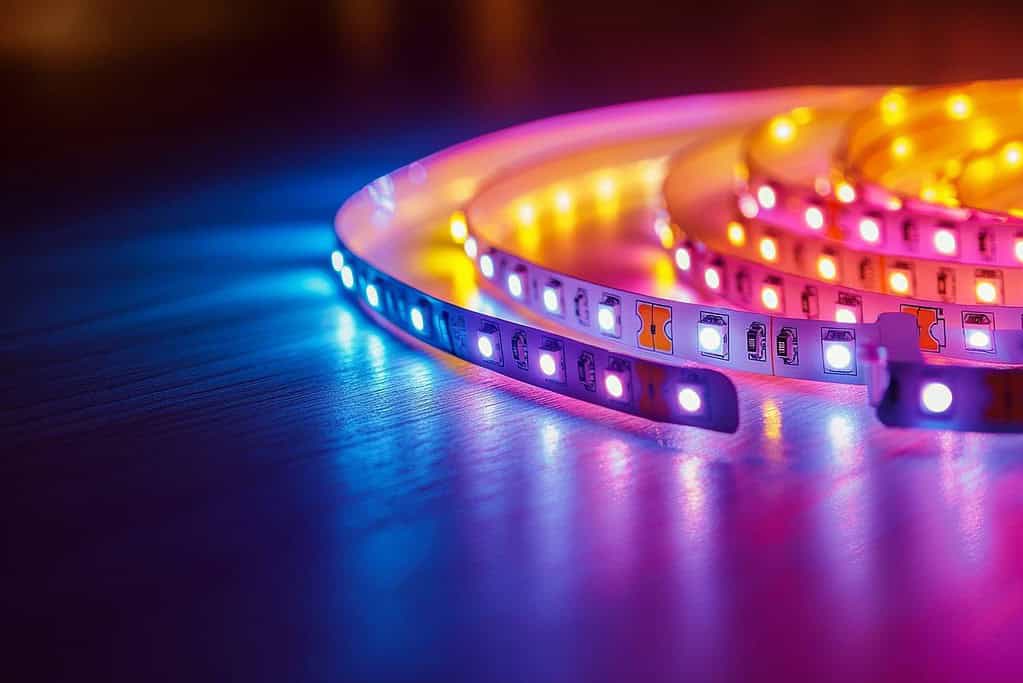Innovations in LED Lighting: From COB LED Strips to Advanced LED Modules

LED lighting has become a key part of modern design and energy efficiency. Over the last decade, developments in LED technology have transformed how homes, offices, and industrial spaces are illuminated. Today’s solutions are brighter, more energy-efficient, and flexible, giving designers, engineers, and homeowners new ways to create effective lighting. Understanding the options, from COB LED strips to LED modules, helps in choosing the right solution for any project.
Introduction to Modern LED Technology
LED, or Light Emitting Diode, technology has evolved far beyond its early uses. Initially, LEDs were mainly indicators or small display lights. Modern LEDs now provide high efficiency, long lifespans, and a wide range of color temperatures. They can mimic natural light, reduce energy use, and create design effects that were once difficult to achieve.
Today, energy efficiency and durability are essential. LED lighting allows precise control over brightness, color, and timing. This makes it possible to design spaces that are visually appealing and functional while reducing electricity consumption.
COB LED Strips: Continuous and Uniform Lighting
COB, or Chip-on-Board, LED strips are a major innovation in strip lighting. Unlike traditional LED strips that have individual diodes, COB LEDs integrate multiple chips onto a single board. This produces a continuous line of light without visible gaps, giving a smooth and uniform illumination.
COB LED strips offer high brightness, efficient heat dissipation, and long lifespans. They are used in residential ceilings, cabinets, commercial displays, and industrial environments where uniform lighting is important.
For projects requiring consistent quality and performance, sourcing from a cob led strip factory ensures reliable results. Using high-quality COB strips maintains color consistency and brightness over time, making them suitable for spaces that need precise, even lighting. Their flexibility also allows installation in corners, under shelves, and inside furniture.
LED Modules: Modular and Adaptable Solutions
LED modules are self-contained units that combine multiple LEDs with a housing or driver. Unlike strips, modules are discrete and can be replaced individually. This modular design makes them easy to install, maintain, and upgrade.
LED modules are widely used in signage, display panels, and smart lighting systems. Their durability and consistent performance make them suitable for both indoor and outdoor environments. The modular setup allows scalable lighting solutions that fit commercial, industrial, and architectural needs.
Many projects rely on high-quality LED Module units to achieve precise light distribution, reliability, and long-term efficiency. They allow targeted illumination while keeping installation and maintenance practical.
Comparing COB LED Strips and LED Modules
COB LED strips and LED modules serve different purposes despite both being advanced LED solutions. COB LED strips provide continuous, uniform illumination, ideal for residential and decorative applications. LED modules offer flexibility, easier maintenance, and scalable designs suitable for commercial or industrial projects.
Choosing the right option depends on the specific lighting requirements. COB strips create smooth, uninterrupted light, while LED modules allow modular expansion and targeted brightness. Understanding the differences ensures optimal lighting performance and efficiency.
Energy Efficiency and Environmental Impact
LED lighting is highly energy-efficient compared to traditional incandescent or fluorescent lights. They use less power while delivering equal or higher brightness. This reduces energy bills and lowers environmental impact.
LEDs are also environmentally safer. They contain no mercury and last longer, reducing waste. Implementing efficient LED solutions supports sustainability goals and aligns with energy-saving regulations in residential and commercial settings.
Future Trends in LED Technology
LED technology is moving toward smart integration, enhanced color rendering, and higher efficiency. Smart lighting systems let users adjust brightness, color, and timing through apps or voice control. This improves convenience, reduces energy use, and allows adaptable lighting for different tasks and moods.
Both COB LED strips and LED modules continue to evolve. Advances in brightness, efficiency, and design flexibility expand their applications in architecture, displays, and industrial lighting.
Conclusion
COB LED strips and LED modules offer unique advantages for modern lighting. COB strips provide continuous, uniform illumination, while LED modules deliver flexibility and easy installation. Both solutions improve energy efficiency, durability, and lighting quality. Selecting the right option ensures the desired performance, visual effect, and long-term reliability for any residential, commercial, or industrial project.





